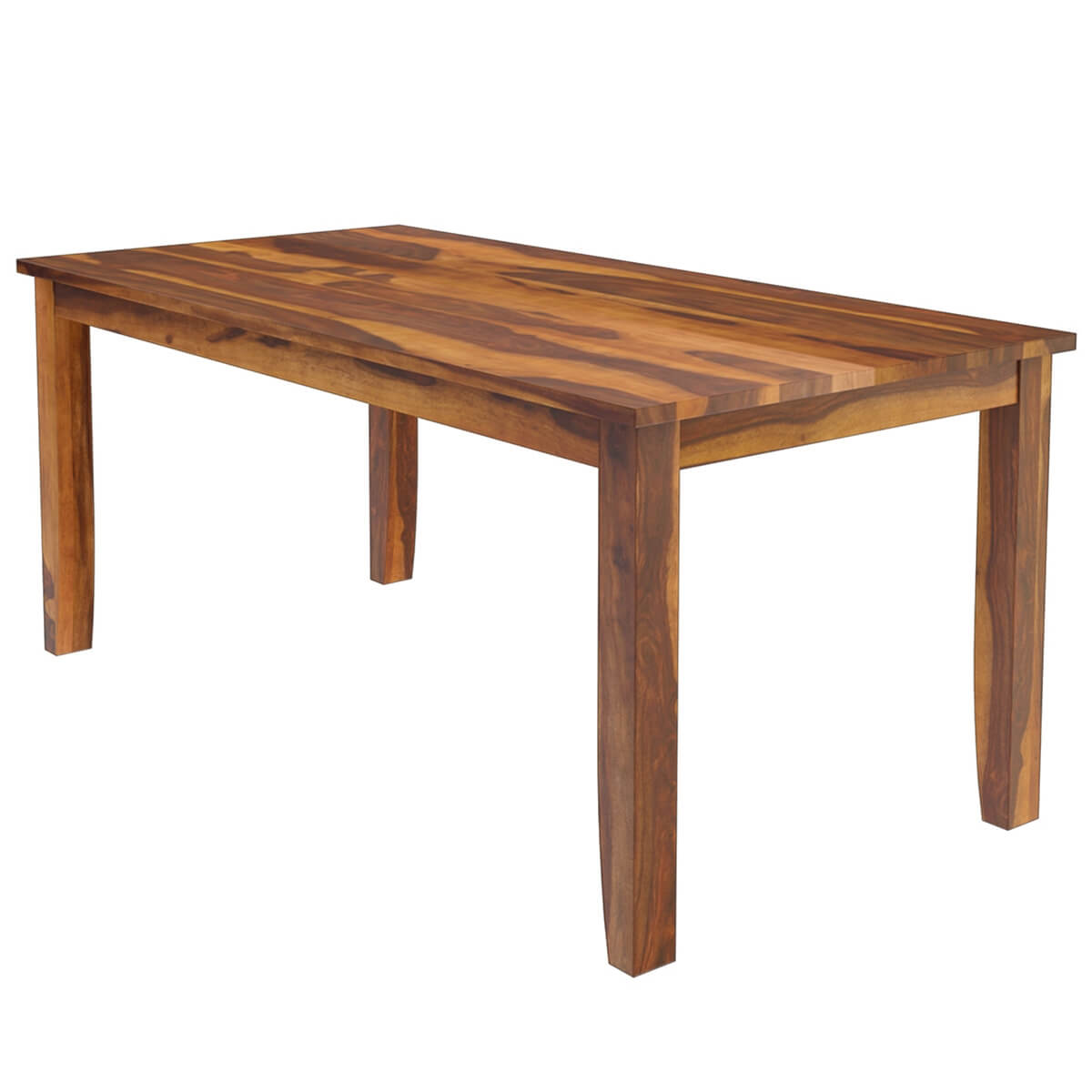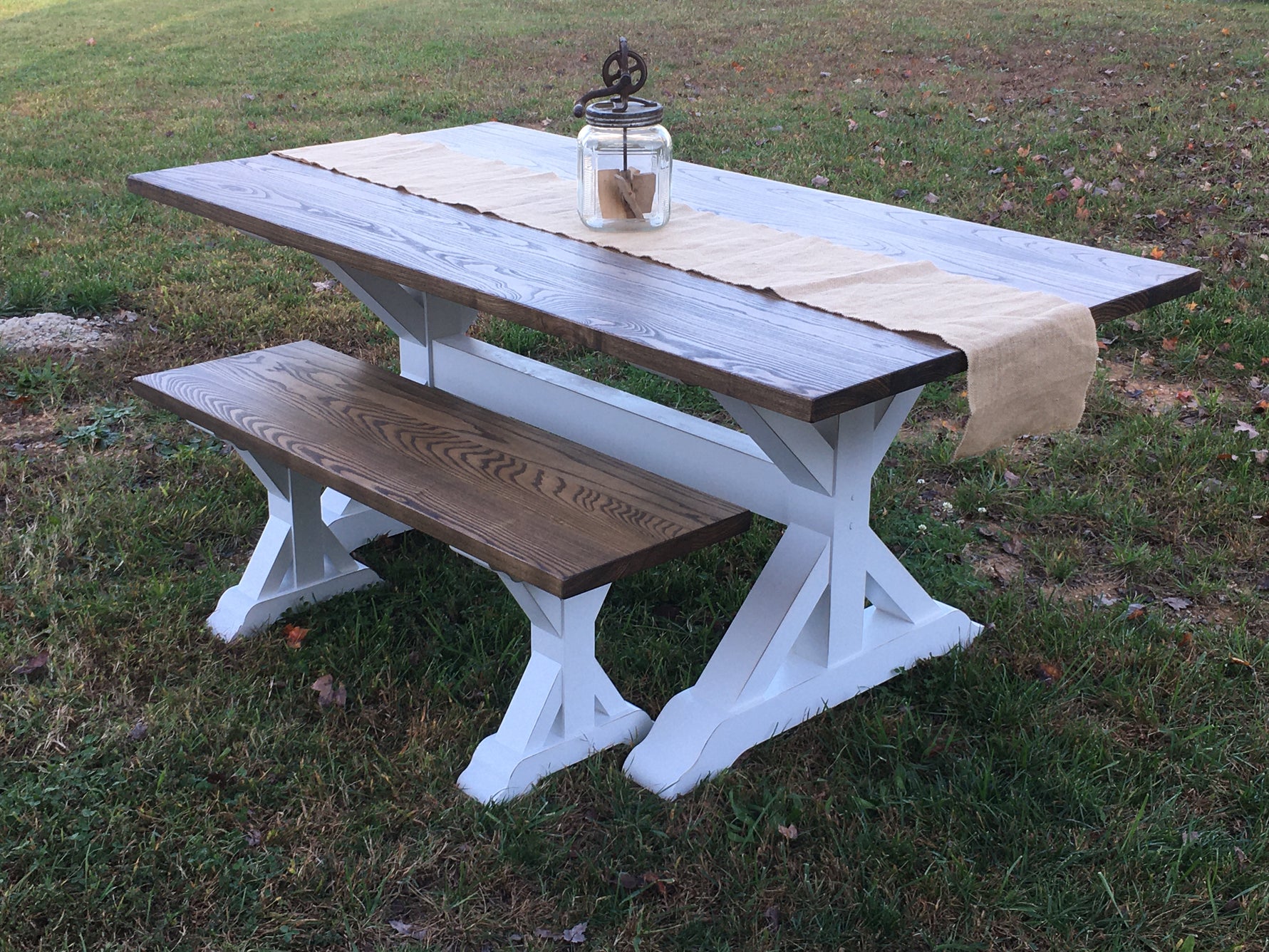Enhance Your Dining Experience with Classic Dining Table Legs Wood
Enhance Your Dining Experience with Classic Dining Table Legs Wood
Blog Article
Discovering the Different Sorts Of Table Legs Timber for Your Dining Room
The choice of dining table legs wood can greatly influence both the aesthetic and useful qualities of your dining room. Solid timber choices, such as oak and walnut, give a classic look with unparalleled durability, while engineered timber alternatives supply cutting-edge styles that imitate the richness of natural grains.
Strong Wood Options

Unlike crafted materials, solid wood is much less prone to warping and damages over time when properly maintained. Each item of strong timber is one-of-a-kind, showcasing private attributes that include to the beauty and character of the eating table.
In addition, solid wood can be completed in numerous ways, ranging from all-natural oils to discolored coatings, allowing house owners to individualize their furnishings to match their decoration. In summary, selecting strong wood for dining table legs not just makes certain architectural integrity yet likewise improves the visual appeal of the eating location, making it a worthwhile financial investment for any kind of home.
Engineered Wood Alternatives

Plywood, built from multiple layers of wood veneer, is especially solid and secure, making it a superb choice for eating table legs. Its split composition enables it to withstand adjustments in humidity and temperature much better than traditional strong timber. MDF, on the other hand, uses a smooth surface area for painting or veneering, enabling designers to achieve a sleek look while preserving structural honesty.
When selecting crafted timber alternatives, it is essential to take into consideration the intended usage and desired visual. These products not only boost the performance of dining spaces but additionally enable for greater layout versatility, guaranteeing that modern and standard designs can exist side-by-side sympathetically.
Reclaimed Wood Features
Recovered timber offers a distinct mix of sustainability and character, making it a significantly preferred choice for dining table legs. Sourced from old barns, factories, and other structures, recovered timber symbolizes a background that new products simply can not reproduce. Each item lugs its own tale, marked by distinct blemishes, knots, and varying grain patterns, which add to a table's unique aesthetic appeal.
Along with its visual beauty, redeemed wood is an eco pleasant alternative. By repurposing previously made use of products, it lowers the demand for new lumber, hence assisting to reduce and conserve woodlands waste. This lines up with an expanding customer preference for sustainable methods in furniture.
Moreover, redeemed wood is often extra long lasting than freshly gathered wood due to its age. The all-natural drying out procedure that redeemed wood undergoes results in a denser and more powerful product, making it less at risk to bending and splitting. This boosts the durability of eating tables, enabling them to stand up to the rigors of everyday usage.
Softwood vs. Hardwood
When choosing eating table legs, comprehending the differences in between softwood and wood is vital for accomplishing both practical and visual objectives. Softwoods, originated from coniferous trees, such as ache and cedar, are defined by their lighter weight and simplicity of control. They generally exhibit a more rustic appearance, making them appropriate for country-style or informal dining rooms. Nonetheless, softwoods are generally less durable than woods, which can be a consideration for families or those looking for long life in their furniture.
On the other hand, hardwoods, sourced from deciduous trees like maple, cherry, and oak, are renowned for their thickness, strength, and resilience. The elaborate grain patterns and rich hues of hardwoods provide a sophisticated and timeless charm, making them excellent for formal eating setups. While hardwoods often tend to be more costly and much heavier, their strength against damage commonly validates the investment.
Ultimately, the choice in between softwood and wood for eating look at these guys table legs must line up with your design vision, usage demands, and spending plan, making sure that your see this here dining space mirrors your individual design while staying practical over time.

Finishes and Treatments
The aesthetic allure and long life of eating table legs can be dramatically boosted via various surfaces and treatments. These processes not just protect the timber from damages however also raise its appearance, allowing it to match diverse interior designs.
One usual therapy is staining, which penetrates the timber and enhances its natural grain while including color. Spots supply a rich, elegant look, enabling property owners to match their furniture with existing decor. Alternatively, clear surfaces such as polyurethane or varnish develop a safety layer without modifying the wood's initial color, guaranteeing sturdiness against wear and tear.
In addition, all-natural oils, like tung or linseed oil, nourish the wood and offer a refined shine, all while being environmentally friendly. These oils allow the surface area to breathe, stopping wetness buildup and possible warping.
For those seeking a rustic charm, weather-beaten or distressed surfaces can be related to produce an aged appearance, including character to the piece. Ultimately, the choice of treatments and surfaces relies on personal choice, desired appearances, and the specific wood kind, making it vital to take into consideration these elements when choosing table legs for your space.
Verdict
Finally, the choice of table leg materials dramatically affects both the read useful and aesthetic aspects of a dining area. Solid timbers, crafted options, and reclaimed alternatives each offer distinct advantages, satisfying numerous choices and requirements. Understanding the differences between softwoods and hardwoods, along with appropriate surfaces and therapies, enables informed decision-making. Eventually, the choice of timber kind need to line up with desired style, longevity, and environmental factors to consider, boosting the total dining experience.
The selection of eating table legs timber can profoundly impact both the aesthetic and functional top qualities of your dining space - Dining Table Legs Wood. Strong wood choices, such as oak and walnut, offer a traditional look with unrivaled durability, while crafted timber choices use cutting-edge designs that resemble the splendor of natural grains. Strong timber uses a timeless top quality that can raise the general design of a dining room. Each piece of solid timber is special, showcasing individual qualities that include to the beauty and character of the dining table
Additionally, recovered wood is frequently extra resilient than newly gathered wood due to its age.
Report this page